Every material has a different touch or tactile quality to it. Texture refers to the roughness or smoothness of the surface, i.e., the physical feel, appearance, or consistency.

|
| Texture is an Element of Design |
Texture may be a tactile, visual, faux, natural or simulated phenomenon and is one of the elements in the 'Visual Elements of Design.'
Tactile, Physical, or Actual Texture
This refers to the actual variations on a surface, which may be felt by touch, such as animal fur. It may be smooth or rough.

|
| Tactile Texture |
This texture won't appear in shadows or areas of shade because it needs light to stand out or be seen. When the light hits the physical variations, it creates a cast shadow.
Implied or Visual Texture
It gives the appearance of a physical texture, but it is only an illusion in drawing or painting, created on a two-dimensional surface. In drawing, implied texture may be represented by repeating shapes, dots, lines, stenciling, or mark-making.

|
| Visual Texture |
A stippled texture is created by applying many small dots of shades and tones to a surface. Edges or contours of drawn objects are important in creating visual texture; they may also be enhanced to represent the type of texture (e.g., fur does not have a smooth edge around it; it looks furry).
Faux Texture
It is a type of visual texture that uses visual art techniques, such as sponging and glazing, to mimic the effect of natural elements. For example, paint-splattered from a toothbrush in watercolor will create faux texture.
Drybrush texture is created by lightly dragging a dry paintbrush over the artwork's surface. Gritty texture is a type of medium-to-heavy textural effect produced by the use of coarse brushes, palette knives, or other tools.
Impasto in oil painting happens when the painter uses a palette knife to build up thick layers or gobs of paint that physically protrude from the canvas or board. This may be considered physical texture as well as faux texture.

|
| Yume Gardens by Christy Olsen. Pen & ink on watercolor paper heightened with gouache. 8x14. |
Some drawing papers have a lot of tactile texture or 'tooth' and may produce visual texture. These papers are considerably rougher than computer or printer-thin sheets of paper.

|
| Detail of 'Graining' (build-up of ink from brayer & brush on cold press watercolor paper) |
Paper with a lot of 'grain' or 'tooth' may not be best suited for creating the illusion of a flat, smooth surface or texture. However, it's suitable for 'graining,' a drawing technique that involves the gradual build-up of marks or medium over the 'grain' of the paper. The texture of the paper will come through and add to the overall visual and textural effect.
Natural Texture
Belongs to a specific organic element created by the natural world, such as the grain of a piece of wood, reptile skin, or elephant skin. However, a smooth, polished surface like marble is also considered a natural texture.

|
| Marble has a "Natural Texture." |
The texture appears as a repeating pattern without a sense of structure or form (e.g., cone, cylinder, sphere, cube-type shading, etc.), and there are no cast shadows.
Simulated, Artificial, or Hyper Texture
It is created by a computer or cyber graphics simulating surface texture. Textures are produced by adding minor distortions across the surface of an object or by describing the texture in a repeating photograph.

|
| Simulated or "Hyper Texture" |
| Sponsored by the Art Verve Academy. Enroll in studio art classes for adults in Tucson, Arizona, at ArtVerveAcademy.com. |


